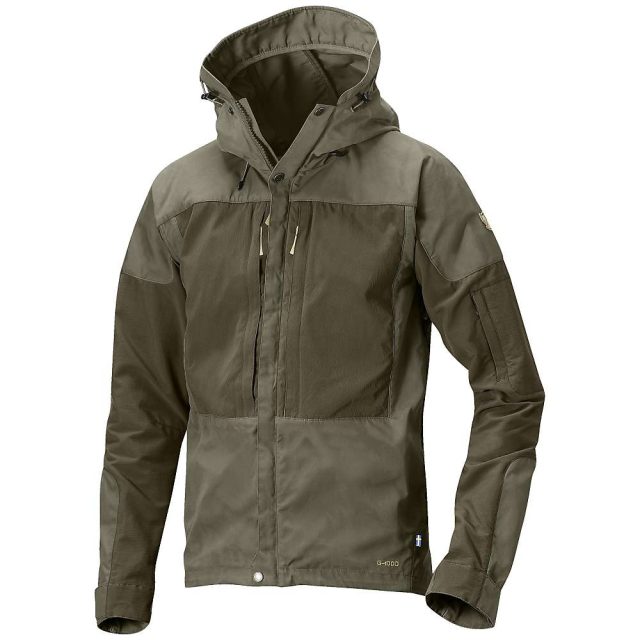Stretch Sustainability: Designing High-Recovery Seams with EcoVerde™ Eloflex

Clothes that stretch should bounce back.
Clothes that bounce back should also be kind to Earth.
That is the whole idea behind EcoVerde™ Eloflex.
It is a smart stretch thread made from recycled stuff, not fresh oil.
It sews soft, it pulls strong, and it snaps right back like a tiny spring.
Table of Contents
What this thread is (kid words)
EcoVerde Eloflex is a stretchy sewing thread.
It comes from recycled polyester chips that once lived as bottles or factory waste.
We twist and finish the yarn so it can stretch a lot and recover fast.
You get seams that move with your body, then settle flat again.
No baggy knee. No sad cuff.
Why high-recovery seams matter
Leggings hug. Swimwear bends. Jerseys twist.
If the seam is stiff, the fabric does all the work and breaks early.
If the seam stretches but forgets to come back, the style looks tired.
With EcoVerde Eloflex, you get both moves: give when you reach, memory when you rest.
Your shape stays your shape, wash after wash.
Mono-material wins
Recycling hates salad.
Mixing cotton thread on a polyester top makes a messy bowl.
Eloflex is polyester, like many performance knits.
So fabric + thread + PET tapes can be one family.
At the end of life, the upper can go to one clean stream.
Less sorting pain. More loop.
Where to use it
- Stretch tees and base layers.
- Yoga and run tights.
- Swim and surf suits.
- Soft bras and underwear.
- Kids’ playwear that gets pulled all day.
- Knit footwear uppers that flex with every step.
Any place that says “I move,” this thread says “me too.”
Stitch menu that works
Sentence long, but helpful: on side seams of leggings, run a 4-thread overlock with Eloflex in both loopers and needle for stretchy safety; at hems, use a coverstitch so the edge lies flat and still pops back; for small repairs or decorative lines, a narrow zigzag keeps the bounce; flat seams on base layers can take a flatlock that kisses skin without rub.
Short line: bar-tack stress points.
Set up tips for the sewing room
- Pick a ball-point needle (around size 75–90) so you don’t cut knit loops.
- Start with lower top tension than usual; add a little if loops look loose.
- Stitch length around 3–3.5 mm for main seams keeps the stretch smooth.
- On overlockers, set the differential feed slightly above 1 (think 1.2–1.5) to stop wavy edges.
- Keep presser-foot pressure light on light knits; too hard makes tunneling.
- Change dull needles early; a hot tip can hurt both thread and fabric.
- Store cones dry; humidity makes finishes grumpy.
Comfort + durability, together
Eloflex feels gentle.
Seams lie flat, so chafe stays away on long runs.
Abrasion around the thigh and underarm zones drops because stitches move with the cloth, not against it.
When garments face stretch-soak-sun cycles, recovery stays steady.
That means fewer returns and fewer sad emails.
Colour & finish
Recycled does not mean dull.
EcoVerde Eloflex dyes to bright sports shades and quiet naturals.
Use tone-on-tone for luxury calm, or a contrast pop to draw fun lines down sleeves and calves.
A tiny reflective companion thread can ride next to Eloflex for night-run glow, while Eloflex keeps the bounce.
The day looks nice, the night looks safe.
Sustainability in plain words
- Made from recycled polyester corespun thread, not brand-new oil.
- Let’s you design mono-material products that are easier.
- Works with water-based adhesives or heat films, so glue rooms smell better.
- High recovery = longer life = less throw-away.
Small parts, big ripple.
Tiny pilot plan (fast and real)
- Pick one pair of leggings and one swimsuit.
- Swap the current seam thread to EcoVerde Eloflex on the side, waist, and hem.
- Make 50 sets and send them to testers for one week.
- Ask three simple questions: Did it stretch? Did it come back? Any rub?
- Wash five times, measure growth, log notes.
- Tune tensions once, then scale to full run.
Common oops & quick cures
| Problem | Why it happens | Fix fast |
| Wavy edge | Feed mismatch | Raise the differential feed a bit |
| Popped stitch | Tension too high / stitches too short | Drop tension; lengthen to ~3 mm |
| Tunneling | Foot pressing too hard | Lower pressure; add soft stabilizer |
| Color off vs fabric | Dye curve difference | Ask for LAB match; check under D65 light |
Grammar wobbles here and there. Meaning stays clear.
Pattern and design notes
Give seams room to stretch: a narrow seam allowance can pull like a rubber band; a slightly wider one spreads the load.
Add a tiny gusset where splits meet.
Round corners instead of sharp 90°; rounded stitches live longer.
If you must reinforce a hole (like a lace outlet on a knit upper), use a PET stay tape so your mono story stays true. Textured thread for logo.
Care for a long life
Tell customers: wash cold, gentle spin, skip bleach, air dry if you can.
Close zips and stick hook faces before laundry so nothing snags your lovely seams.
If heat must be used, keep it low; the thread will thank you by staying springy.
Hangtag line that sells without shouting
“Stitched with EcoVerde™ Eloflex—stretch seams that bounce back and help your gear stay in the loop.”
Short. Honest. Friendly.
Wrap like a hug
Stretch that feels good is easy.
Stretch that lasts and stays planet-smart is better.
With EcoVerde™ Eloflex, you design high-recovery seams that move, breathe, and return—again and again.
Soft on skin, strong under stress, simple for recycling later.
That is stretch sustainability in one tiny line of thread.
Sew it once. Wear it many. And let your product smile every time it springs back.

